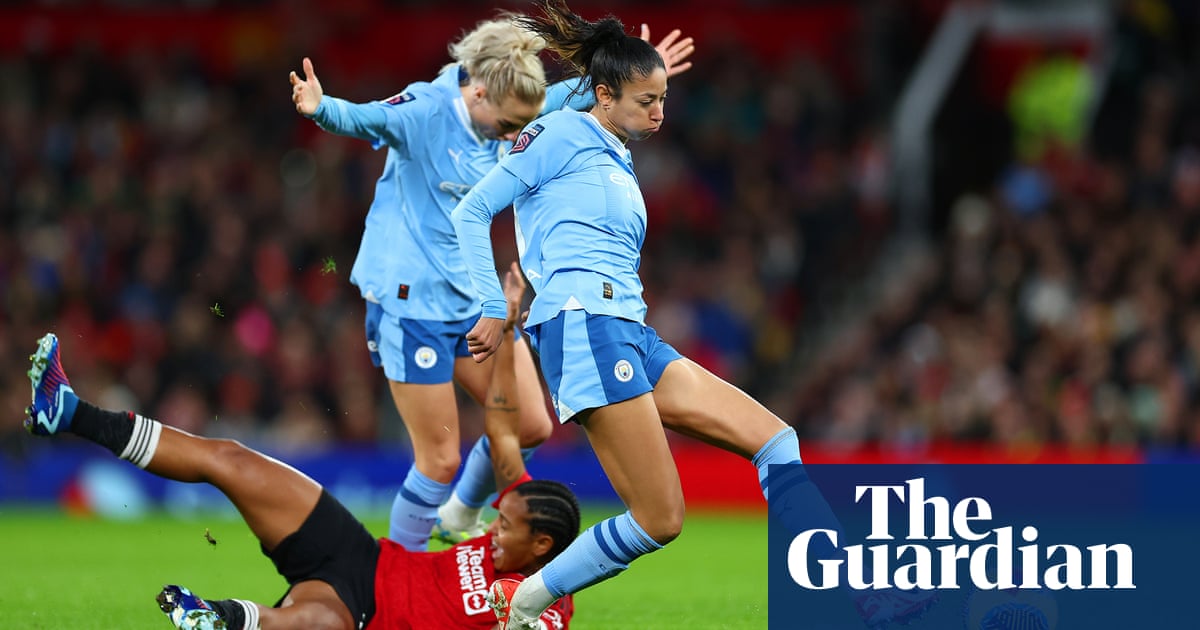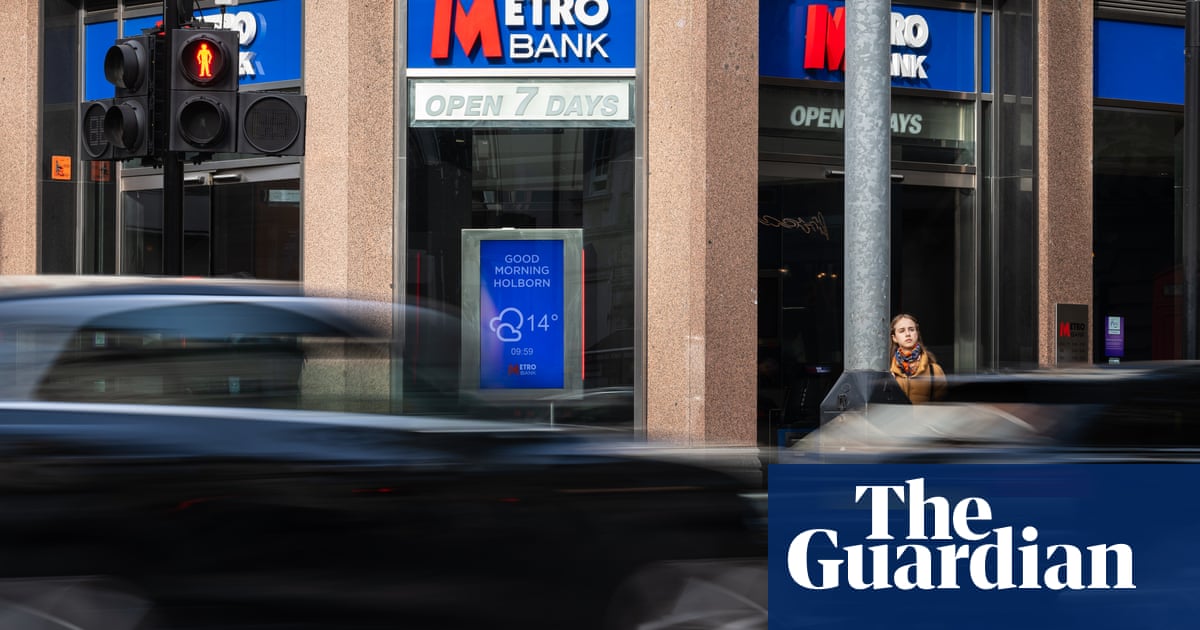
In the Guide’s weekly Solved! column, we look into a crucial pop-culture question you’ve been burning to know the answer to – and settle it, once and for all
The phrase “The Simpsons did it first” gets thrown around a lot. But Matt Groening’s sitcom about a volatile nuclear family – now 700 episodes in and recently renewed until at least 2023 – was a genuine trailblazer. In 1990, its second season premiere received more than 30 million US viewers, proving a brightly coloured animated TV series with whip-smart writing could attract mature eyeballs in primetime. If their children liked it too, all the better.
Over the past three decades, hearing grownup jokes in kiddie cartoon form has become much less of a novelty. The Simpsons and subsequent long-runners such as King of the Hill, South Park and Family Guy made animation aimed at adults a familiar TV niche. The last decade has seen an explosion of new series, some with fresh approaches to the genre, some not so much. Have we reached market saturation?
Perhaps streaming is to blame. Thirsty services have licensed existing titles to beef up content libraries while also ordering new shows to bolster their brand. In the Netflix era, this means successes might hit hard and fast (such as the bittersweet celebrity tailspin BoJack Horseman) but failures can be far more visible (fratty basketball comedy Hoops, cancelled after one season).
Late-arriving streamers such as Apple TV+ and HBO Max have followed Netflix’s trigger-happy lead; wacky commissions, such as a mature origin story for Scooby-Doo’s Velma, are announced seemingly every week. Even Covid hasn’t slowed things down, since animation production pipelines are easier to pandemic-proof and remain substantially cheaper than live-action filming.
The result is an abundance of adult animation that can feel overwhelming. In such a fractured media landscape, it can be hard to tell your Duncanville (a coming-of-age story co-created by Amy Poehler) from your Central Park (a star-studded NYC-set musical on Apple TV+).
To stand out in such a packed field, creators are taking big swings and using the familiarity and flexibility of animation to tackle previously taboo subjects. BoJack is the poster horse for this new wave, deftly exploring depression, addiction and even dementia. Big Mouth, another Netflix standout, takes an unfiltered look at adolescence – including menstruation, masturbation and other puberty minefields – in ways that a live-action show would never dare.
In content-hungry 2021, streamers seem prepared to sign off on almost anything – all in the name of creating soul-nourishing art, of course, but also perhaps spurred by the unpredicted breakout of Adult Swim’s sci-fi hit Rick and Morty, an odd-couple comedy of blowtorch existentialism that has inspired a rabid worldwide fanbase since debuting in 2013.
Things are unlikely to decelerate any time soon. Netflix and CBS have established in-house animation studios to reduce outsourcing costs while ramping up production. Disney, the biggest media beast of all, recently launched a new adult animation division to consolidate their many recent acquisitions and launch “dozens” of additional projects. But don’t have a cow, man: we’ll just have to exercise some critical judgment to find the good stuff.












